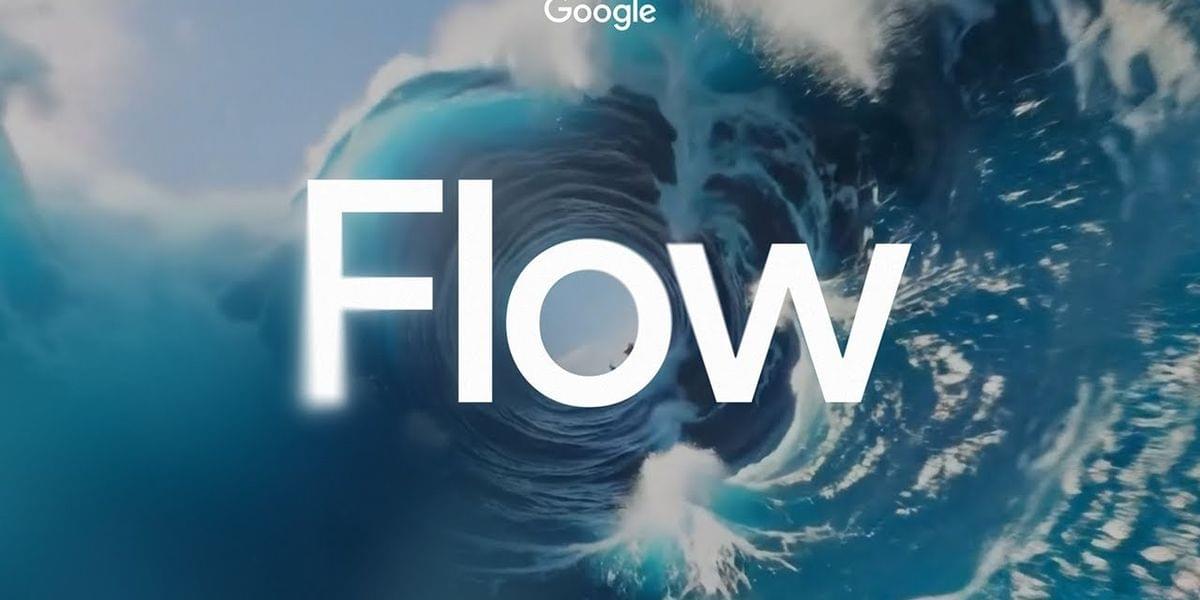Category: media & arts – Page 10
Years of painting restoration work done in just hours by new technique
Although AI-based restoration methods can indeed bring new life to damaged paintings, the end result is typically a digital copy of the original painting. By contrast, a new MIT technique applies reversible repairs to the physical painting itself, in the form of a removable mask.
The process was developed by mechanical engineering graduate student Alex Kachkine, who restores paintings via traditional hand-painting techniques as a hobby.
He realized that many galleries have a number of paintings which never get displayed, because they require restoration that would take too long – and thus be too expensive – to perform by hand. Utilizing his method, however, restoration times could be reduced from years, months or weeks down to a matter of hours.

Quantum Binary
Billions of years in the future on a very different Earth, the zombie parasite mushroom spreads from victim to victim without resistance.
On the shores of the acid sea a Honey Fire Ant meets its fate at the relentless mandibles of its infected brethren in this animated short created by T. Mikey and animated by Kevin Fanning.
The conflict continues in the pages of the 12-issue limited series, Quantum Binary: A Deep Time Botanical Paradox.
Available now at: https://quantumbinary.me.
Created and written by: T. Mikey.
Animation by: Kevin Fanning.
Music by: Infraction — No Copyright Music.
Superposition Explanation #veo3 #ai #flow
#neuralnetworks #videogeneration #VFX #generativevideo

They Created Tattoos That Track You Without a Device
Imagine getting a tattoo… that can track your health, location, or identity — and you don’t even need a device. Sounds like sci-fi? It’s real. Scientists have developed futuristic electronic tattoos that use special ink to monitor your body in real-time — from heart rate to hydration — and even transmit data without chips or batteries. But here’s the catch… could this breakthrough be the future of medicine? Or is it a step too close to surveillance under your skin?
Let’s explore how these tattoos work, what they can really do, and the wild implications they might have for your health — and your privacy.
🔔 Subscribe now for more mind-blowing science and tech stories!
Credit:
ScienceVio / YouTube.
Seeker / YouTube.
CUHK Engineering / YouTube.
NewsNation / YouTube.
Animation is created by Bright Side.
Music from TheSoul Sound: https://thesoul-sound.com/
ENGINEERING EARTH: Sci-Fi Solutions to Earth’s Problems — 4K Full Documentary
High quality 4K Download: https://melodysheep.gumroad.com/l/udffp // Soundtrack: https://melodysheep.bandcamp.com/album/engineering-earth-original-soundtrack // Mankind has become the pilot of spaceship earth, whether we like it or not. Half of all habitable land on earth is now dedicated to supporting human activity. And as of the year 2020, the mass of all man-made materials now outweighs the mass of all life forms on earth.
Despite all this, we are still newcomers – untrained pilots steering an ancient, ever-changing planet. If we want to survive long-term and continue to grow, we will have to make bigger technological leaps than ever before.
This film explores the wildest, most ambitious, most dangerous ideas to keep Earth and humanity thriving, by protecting each of its layers – from the lithosphere to the stratosphere.
Many of our ideas may never materialize, but by dreaming them up, we can open our minds to the full potential of human willpower and intellect. The future is ours to build.
—
Thanks for watching everybody.
Music, Visuals, Sound & Story by Melodysheep (John D. Boswell)
melodysheep.com.
instagram: @melodysheep_
twitter: @musicalscience.
Narrated by Will Crowley.